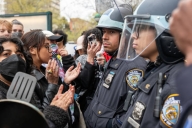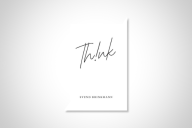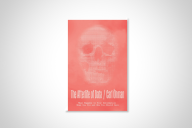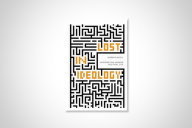You have /5 articles left.
Sign up for a free account or log in.
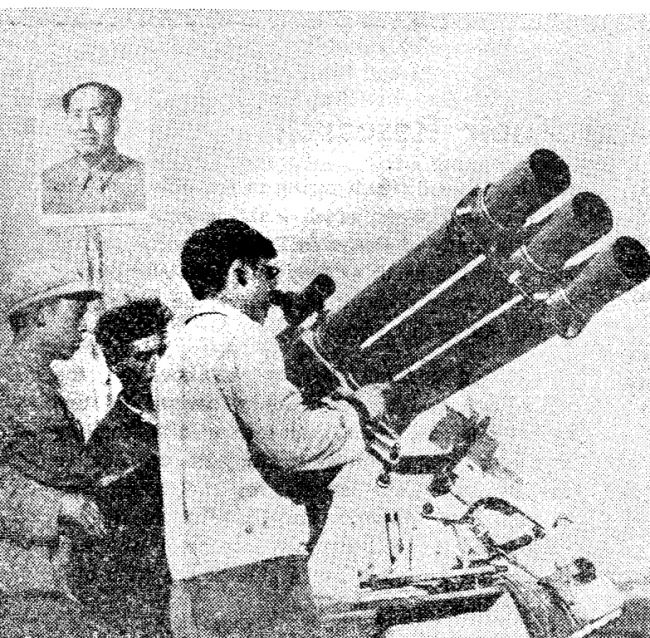
Chinese researchers do preparatory work for the observation of the 1968 solar eclipse.
Peking Review
Given everything else that went on during that eventful year, it’s unlikely many people remember the total solar eclipse of Sept. 22, 1968. Among the few exceptions, perhaps, are some veterans of the Cultural Revolution in China, the youngest of whom is now at least 70 years old or will be soon.
The next total eclipse is due on Aug. 21, so it will be one year, one month and one day short of the 50th anniversary of their demanding and adventurous experience in eclipse spotting. Here, then, are a few details to mark an occasion that ought to be more memorable than it is.
Everything I have learned about the expedition comes from the Jan. 31, 1969 issue of Peking Review; if there is anything else available in English, it’s unsearchable on Google. In those days, the magazine often featured a portrait of Chairman Mao along with that week’s selected quotation, or “instruction,” from him -- all printed on a stock of paper not much heavier than onionskin. The magazine still appears, now as Beijing Review -- although these days, it looks and reads as if Bloomberg Business Week did a China theme issue. (Its website gives a similar impression.)
Two similar articles on the eclipse watchers appeared, their essence best expressed in the headline for the longer piece: “Using Mao Tse-tung’s Thought to Explore the Secrets of the Sun.” Separating the historical wheat from the rhetorical chaff took me a couple of readings. The editors make only a very brief mention of the astronomical sophistication of ancient China (about which, more here), so let’s start a bit later in reconstructing the timeline leading up to late September 1968.
The possibility of studying the eclipse had come up at a conference on scientific research planning in 1962, but it was rejected on the grounds that “the facilities for the observation are poor, no positive results can be achieved and it will not be of much scientific value.” I assume the quoted words are from the official decision, which on the whole seems understandable. By 1962, the Soviets had withdrawn economic and technological support from China and put an end to scientific cooperation. The country was only just emerging from the great famine. That astronomical research was not a high priority is perhaps less surprising than the fact that it was even on the agenda.
Nor did things improve in the intervening period. “During the Cultural Revolution, publication of China’s conventional scientific journals came to a halt,” reported an article on scientific institutions in China a few years later. “Fifty-seven publications continued into 1967, 10 into 1968, and none were published in 1969.” Research did continue and papers circulated between colleagues, but it was all fairly precarious until the early 1970s
The Peking Review articles suggest that momentum to study the total eclipse started to build just a few months before it occurred. In March 1968, “some ‘nobodies’ in the Chinese Academy of Sciences” evidently hit on a brilliant way to turn the earlier dismissal of eclipse research into the strongest possible recommendation: they framed it as the work of “agents in scientific circles” working for “renegade, traitor and scab Liu Shao-chi and bourgeois reactionary academic ‘authorities.’” (For convenience, I will be using the Wade-Giles transliterations of Chinese names, since that is how they appeared in the Review. Today the president’s name would more often be given as Liu Shaoqi.)
Liu was at the peak of his authority in 1962, serving as president of the People’s Republic of China. He still held that title in 1968 but was languishing in prison -- having been exposed as “the No. 1 capitalist roader in the Party” by “great leader Chairman Mao and his close comrade-in-arms Vice-Chairman Lin Piao.” (In time it would be revealed that Lin Piao, too, was a capitalist roader, which just shows you can’t trust anybody.)
Hence establishing China “in the advanced world ranks of solar eclipse research” was crucial to defeating Liu’s perfidious schemes. That this great leap forward in proletarian astronomy required constant study of the chairman’s works is a given. It involved more than 100 “workers, revolutionary scientific personnel and revolutionary young people,” as the official press identified them at the time, along with an unspecified number of “commanders and fighters of the People’s Liberation Army.”
From the Peking Review coverage, one can make out what must have been a breakneck effort to get ready for Sept. 22. Geomagnetic instruments, light filters, photographic plates and radio-telescope antennae were gathered -- or in some cases, engineered -- at top speed. The rare passages of straight-up science journalism are compelling in a way that the ideological rhapsodies never are. Researchers from a number of observatories, meteorological bureaus and scientific institutes threw themselves into “combined observation of the effect of solar active regions on the ionosphere, airborne and ground observations of corona-zodiacal light, and geophysical and atmospheric effects during the solar eclipse. The rich, comprehensive information about the effect of the solar active regions on the ionosphere was obtained in coordinated radioastrophysics and ionospheric physics observations. The corona-zodiacal light observation was carried out aboard an aircraft with a nonhermetic cabin at an altitude of 11,000 meters, and the observed data covered a distance farther from the solar limb (edge) than ever before achieved by any other country.” (The reports are not clear on this but imply that the recording equipment precluded using a sealed cabin.)
Furthermore, we’re told that reaching “an altitude of 11,000 meters in a nonhermetically sealed cabin” broke “the world record of 9,000 meters set by some foreign countries …” Nationalistic bragging is par for the course. But to give credit where it is due, breaking the record took great resilience: “When the plane went above 8,000 meters, some of [the airborne high-altitude observation team] kept vomiting, some had acute headaches, some suffered stomach discomforts and some felt their limbs go numb.” It got worse when the altitude reached 10,000 meters.
“Chao Hsiu-ching, the only revolutionary young woman in the airborne observation team, lost quite a bit of weight after a series of high-altitude flights. Once she felt sick and worried about whether she should fly the next day.” When the time came, though, she “determinedly boarded the plane. Unwell and subject to high-altitude sickness, she suffered from headache and had a pain in her side … With unswerving tenacity, she overcame one difficulty after another and fulfilled her task splendidly.”
Propaganda? Yes, and that’s not the half of it. The quantity and quality of the inspirational boilerplate soon become numbing. Imperialism is a paper tiger, you see, but so is high-altitude sickness. (An actual example.)
But it doesn’t matter all that much if Chao and her colleagues steeled themselves by reciting The Little Red Book or The Little Engine That Could. The point is that they performed awesome feats during a pretty dreadful stretch of history; they rose to the occasion. I understand that Inside Higher Ed may have readers in Chinese institutions where some of the scientists involved may now have positions or contacts. If so, I hope they see this and know that not everyone in the rest of the world has forgotten. And the editors of Beijing Review really ought to consider preparing a “Where Are They Now?” feature when the anniversary comes next year.

